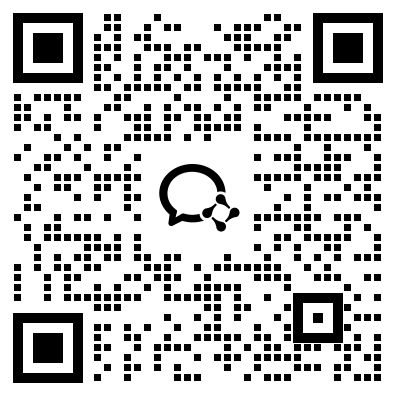Bessie is going on a trip in Cowland, which has N (2≤N≤2⋅105) towns numbered from 1 to N and M (1≤M≤4⋅105) one-way roads. The ith road runs from town ai
to town bi and has label li (1≤ai , bi≤N, 1≤li≤109).
A trip of length k starting at town x0 is a sequence of towns x0,x1,…,xk, such that there is a road from town xi to town xi+1 for all 0≤i<k. It is guaranteed that there are no trips of infinite length in Cowland, and that no two roads connect the same pair of towns.
For each town, Bessie wants to know the longest possible trip starting at it. For some starting towns, there are multiple longest trips - out of these, she prefers the trip with the lexicographically minimum sequence of road labels. A sequence is lexicographically smaller than another sequence of the same length if, at the first position in which they differ, the first sequence has a smaller element than the second sequence.
Output the length and sum of road labels of Bessie's preferred trip starting at each town.
INPUT FORMAT (pipe stdin):
The first line contains N and M.
The next M lines each contain three integers ai , bi and li, denoting a road from ai
to bi with label li.
OUTPUT FORMAT (pipe stdout):
Output N lines. The ith should contain two space-separated integers, the length and sum of road labels of Bessie's preferred trip starting at town i.
SAMPLE INPUT:
4 5
4 3 10
4 2 10
3 1 10
2 1 10
4 1 10
SAMPLE OUTPUT:
0 0
1 10
1 10
2 20
SAMPLE INPUT:
4 5
4 3 4
4 2 2
3 1 5
2 1 10
4 1 1
SAMPLE OUTPUT:
0 0
1 10
1 5
2 12
In the following explanation, we let ![]() represent the road from ai to bi with label li.
represent the road from ai to bi with label li.
There are several trips starting from vertex 4, including![]() and
and ![]() are the longest. These trips each have length 2, and their road label sequences are [4,5]
are the longest. These trips each have length 2, and their road label sequences are [4,5]
and [2,10], respectively. [2,10] is the lexicographically smaller sequence, and its sum is 12.
SAMPLE INPUT:
4 5
4 3 2
4 2 2
3 1 5
2 1 10
4 1 1
SAMPLE OUTPUT:
0 0
1 10
1 5
2 7
SAMPLE INPUT:
4 5
4 3 2
4 2 2
3 1 10
2 1 5
4 1 1
SAMPLE OUTPUT:
0 0
1 5
1 10
2 7
SCORING:
Inputs 5-6: All labels are the same.
Inputs 7-8: All labels are distinct.
Inputs 9-10: N,M≤5000
Inputs 11-20: No additional constraints.
Problem credits: Claire Zhang and Spencer Compton
扫码领取USACO试题答案+详细解析
咨询一对一备赛规划

